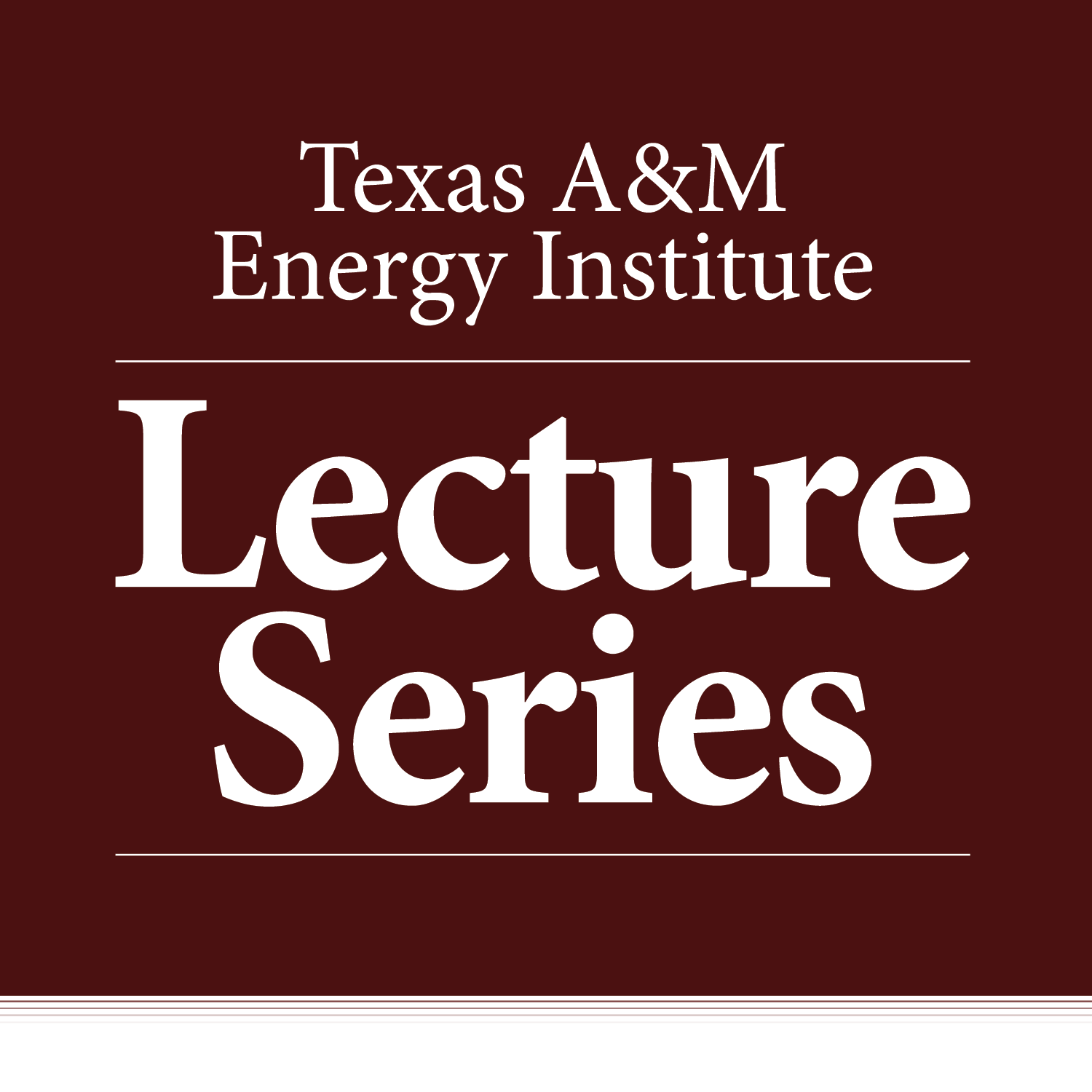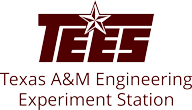
“Perspectives from 40+ Years of Energy Research, and Recent Breakthroughs in Catalyst Design and Methane Activation”
The inaugural presentation in the Energy Institute Lecture Series, featuring John A. Gladysz, Distinguished Professor of Chemistry and Dow Chair in Chemical Invention in the Department of Chemistry at Texas A&M University, will be held on Wednesday, March 9, 2016 from 12:00 – 1:00 p.m. in 205 Mitchell Physics Building. He will present “Perspectives from 40+ Years of Energy Research, and Recent Breakthroughs in Catalyst Design and Methane Activation.”
Abstract
This first part of this talk will trace some themes that harken back to the speaker’s days as an Assistant Professor, when “BTU bushes” were the rage and he was able to earn tenure based upon fundamental studies of ligand intermediates in CO/H2 chemistry, namely homogeneous metal complexes with formyl (-CHO), hydroxycarbene (=CHOH), hydroxymethyl (CH2OH), methylidene (=CH2) and related ligands.1 However, in retrospective the question deserves to be asked as to whether any of these highly cited studies actually advanced new chemistries, catalytic reactions, or the like.
Current research will be represented by an example of de novo catalyst design.2 This uses earth abundant metals/components and will immodestly be described as transformational and sitting right under the noses of 100,000+ chemists for 100 years. The applications developed so far are more in the direction of fine chemicals and pharmaceuticals, but the underlying principles can probably be applied to feedstock transformations.
Future research that would be especially amenable to collaborative interactions at Texas A&M will then be described. An ongoing goal has been the highly selective conversion of methane to methanol or other polar liquid fuels. The approach involves highly fluorinated catalysts and/or reaction media,3,4 with selectivity being achieved by exploiting the phase properties of the reactants/products.
References
- “Synthesis and Electrophile-Induced Disproportionation of the Neutral Formyl (n-C5H5)-Re(NO)(PPh3)(CHO)”, Tam, W.; Lin, G.-Y.; Wong, W.-K.; Kiel, W. A.; Wong, V. K.; Gladysz, J. A. J. Am. Chem. Soc. 1982, 104, 141-152.
- “Cobalt(III) Werner Complexes with 1,2-Diphenylethylenediamine Ligands: Readily Available, Inexpensive, and Modular Chiral Hydrogen Bond Donor Catalysts for Enantioselective Organic Synthesis”, Lewis, K. G.; Ghosh, S. K.; Bhuvanesh, N.; Gladysz, J. A. ACS Central Science 2015, 1, 50-56.
- “Catalysis Involving Fluorous Phases: Fundamentals and Directions for Greener Methodologies”, Gladysz, J. A. in Handbook of Green Chemistry, Anastas, P., Ed; Volume 1: Homogeneous Catalysis; Crabtree, R. H. Volume Ed; Wiley/VCH, Weinheim, 2009, 17-38.
- “Activation of Single Component Nickel(II) Polyethylene Catalysts via Phase Transfer of Fluorous Phosphine Ligands”, Xi, Z.; Bazzi, H. S.; Gladysz, J. A. J. Am. Chem. Soc. 2015, 137, 10930-10933.


